Each page on your site will have a different emphasis content-wise, but there are certain technical elements you’ll need to work in to have a fully optimized website.
These are;
1. Headline
Every page needs to have a compelling headline that’s benefit-driven. Avoid headlines like ”Welcome to Our Website or ABC Company Has Been in Business 25 Years.”
Instead, communicate the biggest benefit someone gets from doing business with you rather than anyone else in a couple of lines.
One easy way to zero in on let your visitors know how your products can solve their problems, pains, and hassles. People are highly motivated to escape suffering, so show them how they’ll do that with your products or service.
Your headline should also feature your best keyword to make it SEO friendly and remind visitors they are in the right place.
2. Keywords
The best practice is to have a single keyword (or keyword phrase) you’ll focus on for each page. Your keyword should be relevant to your content.
Your keyword needs to show up in certain places:
- Your headline
- Sub-headlines
- First sentence of the body of your text
- In bullet points
- In your call to action
- In your anchor text
- In your list-building box
Also, you need to avoid overstuffing your content with keywords. For every 100 words of text, your keyword should appear 1-2 times.
3. Word Count
Google looks at content length in its evaluation of your website. You are in a safe zone if you have a minimum of 350 words per website page.
4. Formatting
People have very short attention spans – especially online. It’s pretty rare for someone to read every word on a website page. Instead, visitors skim through to pick out the bits of information they need most.
So you need to write your content in a way that encourages people to read on.
Some tips include;
- Breaking your content into short paragraphs.
- Using subheadings and holding them
- Using bullet points, but don’t over-do them.
- Using White space.
- Including photos in your website.
5. Call to Action
Your pages should issue a call to action. Tell your visitors what to do next. This could be having them call you for an appointment, get a free consultation, visit your business, complete a form, or something else.
6. Anchor Text
Anchor text is the words someone clicks to get somewhere else online. They’re attached to code that takes the visitor to another page or section of your website. Whenever possible, use the primary keyword for the page you’re directing visitors to as the words they click on.
7. Contact Information
Your business’ address and phone number should be prominent on your page.
Final Thoughts
When it comes to your brand, you don’t just write and go. All your pages need to be intentional, user-friendly, SEO friendly, so visitors can do business with you.
